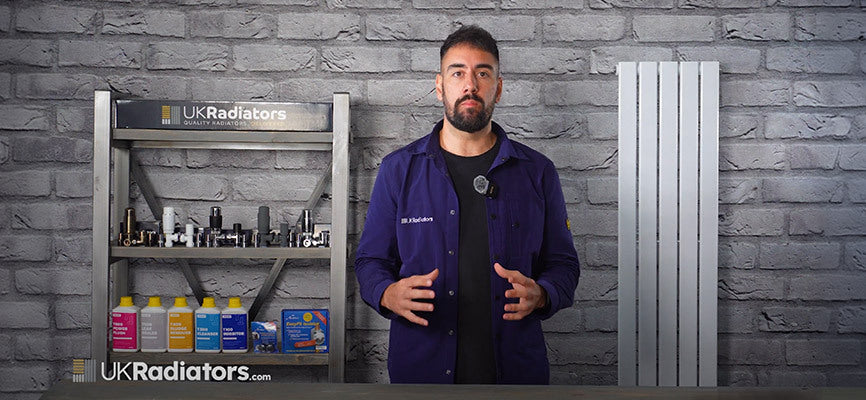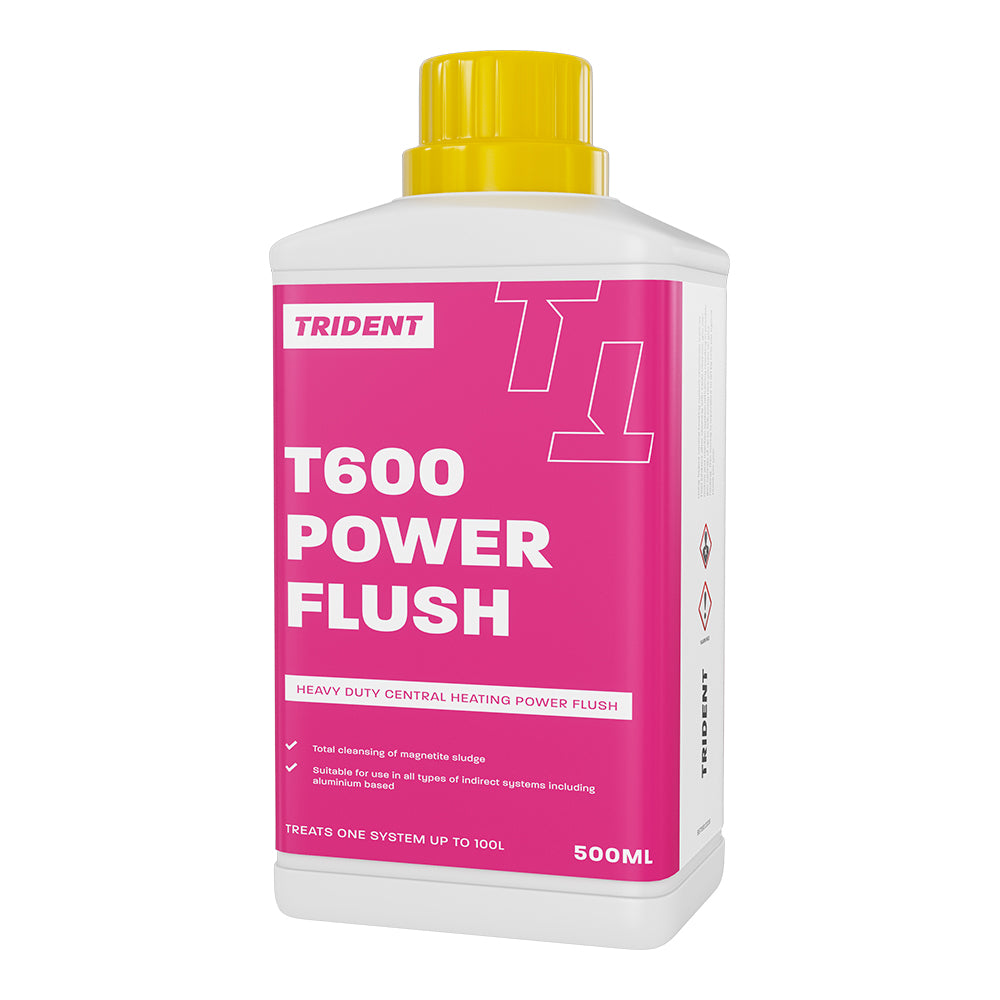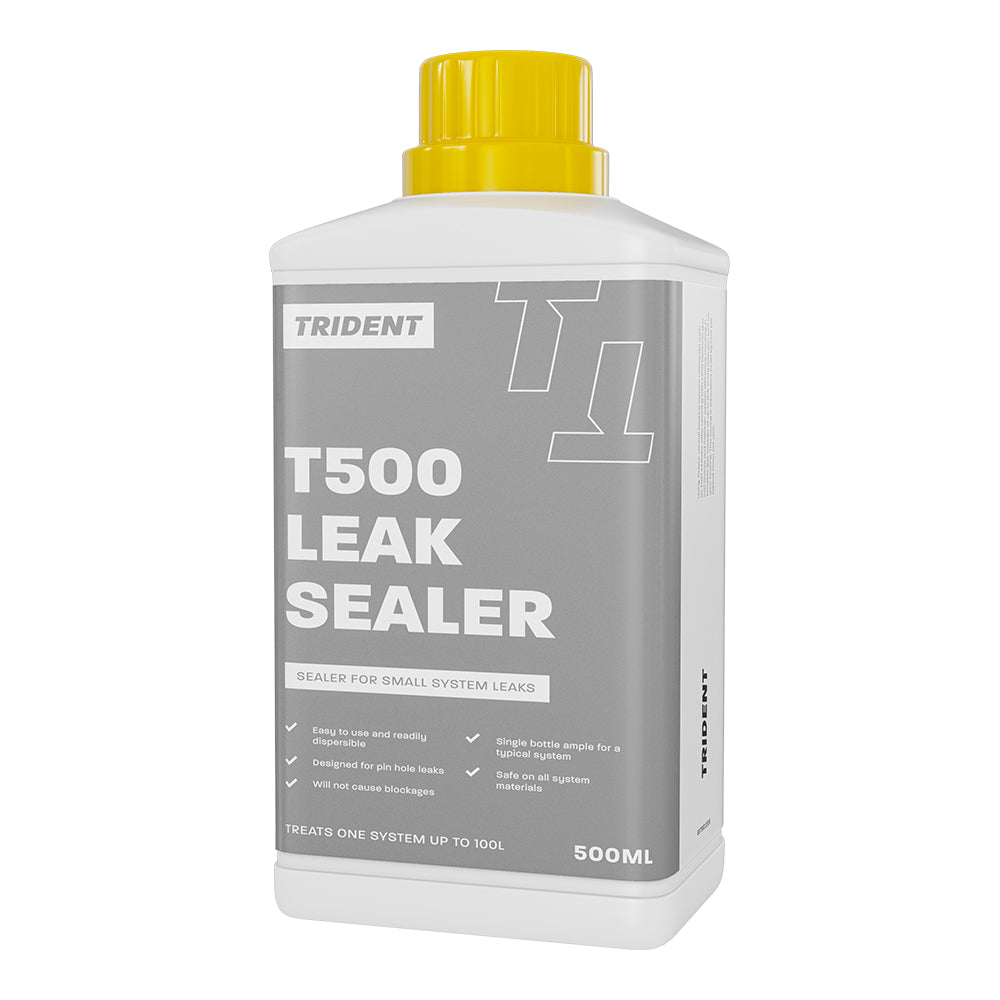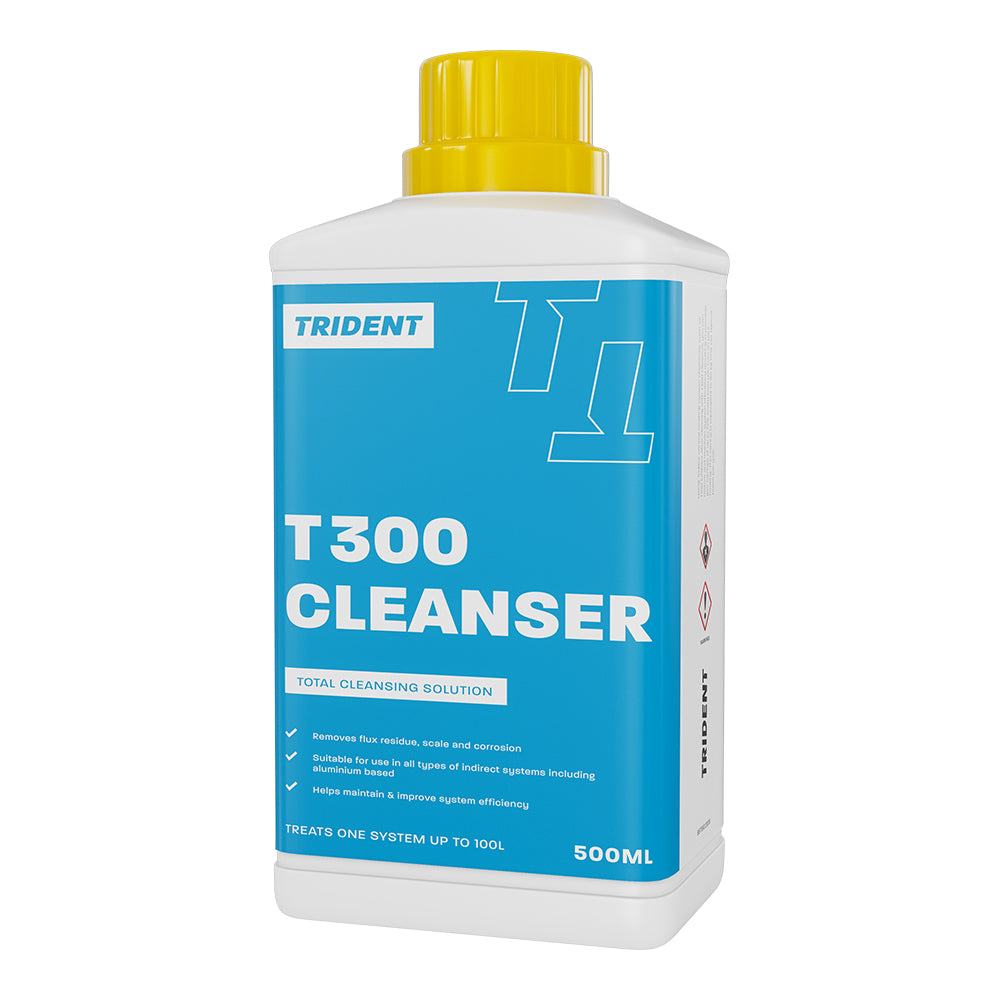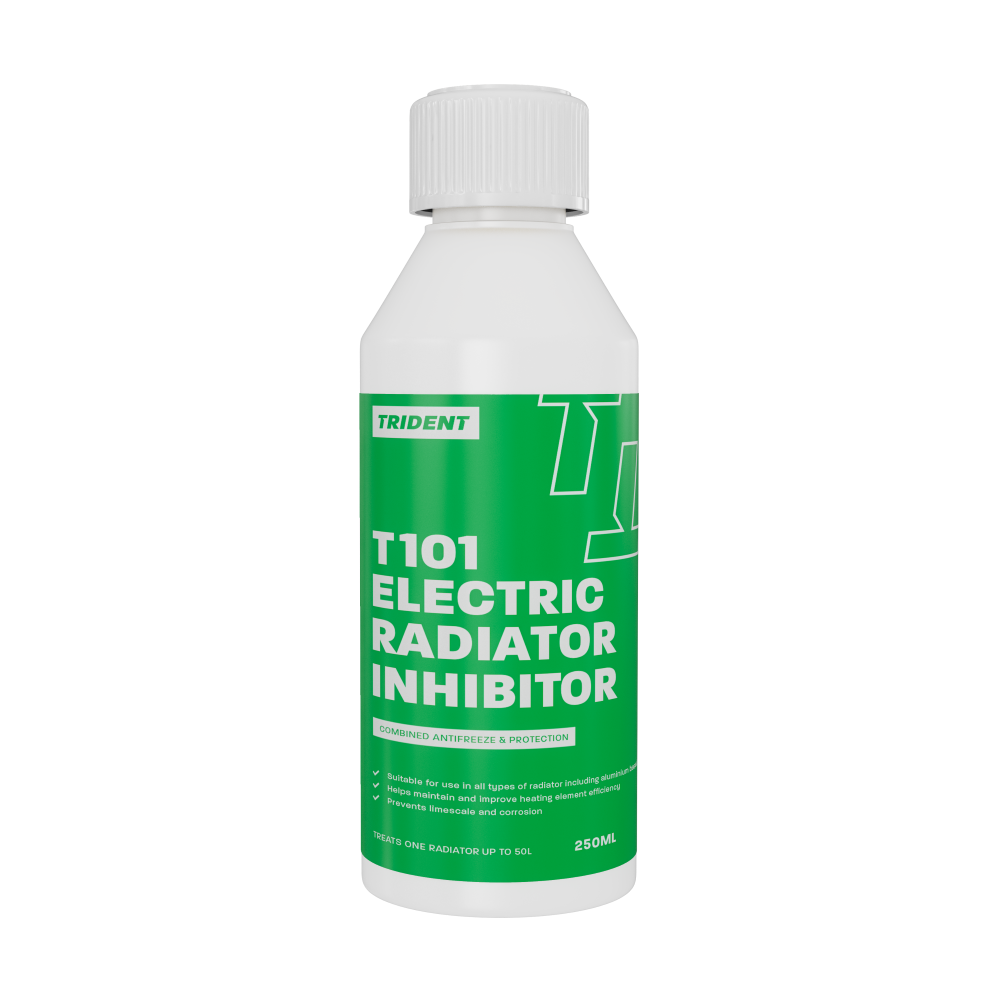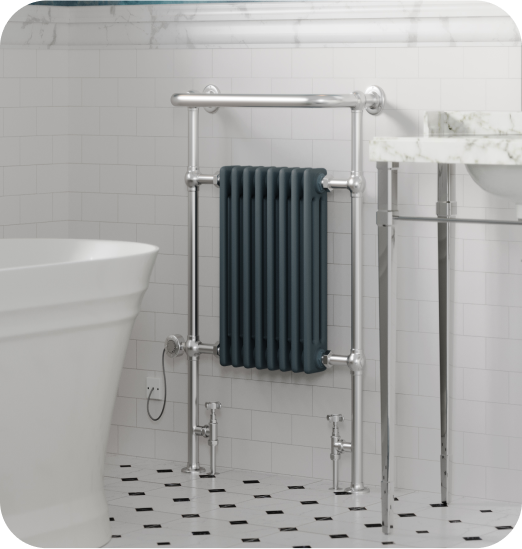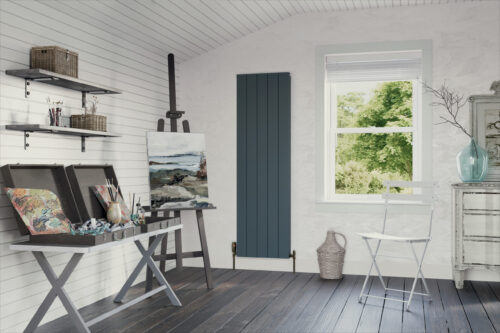
Are Radiators Oversized?
Not to be confused with the question of whether radiators work on heat pumps, which is also answered here. There is a lot of fluff online right now about how Heat Pumps will work with your current radiators because they are oversized, while we hate to be the bearer of bad news, this is far from true. It couldn’t actually be further from the truth, as we have to consider a few important facts:- Heat pumps are sold on the premise that they will save you money by virtue of a COP (coefficient of performance).
- In simple terms, this is efficiency, for every 1KW taken from the grid that you pay for, XKW of heat energy is generated from the environment.
The Standards that guide us
If you understand all of the standards in place that dictate how industry methods should be deployed, along with the history of these standards over time, you will know that statements you see online like “all radiators are oversized, so should be fine with heat pumps” are very far from the truth. These are our key concept standards. There are quite a few alternatives with House/Room Energy Requirements from other parties like BRE and CIBSE (which are more commonly found in the industry, and preferable to this standard in all honesty). The green arrows don’t necessarily indicate an impact, your choice of radiator will not impact your home energy requirement, however, it is integral to this. Your home/room energy requirement will impact the radiator you need, and the choice of radiator will impact your COP, which is another term for the efficiency of heat pumps that we will look at later. I’m not necessarily talking of things like Aluminium vs Cast Iron, there is some impact in that choice, I’m more talking about the heat output. There are currently two significant issues leading to people receiving high bills from heat pump installations. The first issue is quite simple, these standards do not acknowledge each other. The COP for a heat pump uses different winter design temperatures than the house/room energy requirement. So the COP you see may or may not apply to the calculation you did for your room/energy requirement based on, say, the geographical location of the property. Therefore, the Radiator may not be able to meet both the room energy requirement and the COP water temperature requirement. Right off the bat, you can see why people are having problems. But it doesn’t mean that these gaps cannot be filled by individuals or companies, it is just most likely the case that where someone had a heat pump installed and it resulted in higher energy bills, that these gaps were not acknowledged. So let's start to fill them in, shall we? The second issue is to cover our first gap and put to bed the false statement that radiators are oversized.BS EN 442 – Radiator Standards
Radiators, by law, must show 2 heat outputs: Low-Temperature solutions (Delta 30) Industry Standard (Delta 50) In addition, here at UK Rads, we show Delta 40. We explain why with the history of the industry: History Of the Radiator Industry- Boilers originally just heated water, nothing fancy. The flow temperature of the water was about 80°C, with a return temperature of 60°C.
- This makes the mean water temperature in a radiator (80+60)/2 = 70°C.
- The delta number is the difference between the target room temperature and the mean water temperature in the radiator.
- If our target temperature is 20°C for the room, then for our example, the Delta of the radiator would be 70-20 = 50, or Delta 50.
- Delta 50 was designated the industry standard.
- Circa 2005, condensing boilers became mandatory. By 2011, these were going in for ½ of the gas installations. That was 12 years ago (at the time of writing - 2023).
- The flow temperature for a 92-94% efficient boiler is roughly 70°C, with a return of 50°C (the return must be below 55°C in order to gain the efficiency benefits of condensing mode).
- This makes the mean water temperature of the radiator about 60°C, then with a room temperature of 20°C, we have Delta 40.
-
The Delta industry standard has not yet been updated to reflect this and has remained Delta 50.
-
We (UK Radiators) display Delta 40 to help you choose the right size radiator for your home and system.
- In 2014, BS EN 442 was updated to make the display of Delta 30 mandatory for low-temperature solutions with a flow temperature of 55°C.
- The Industry Standard still remained Delta 50.
- Around 2022, heat pump efficiency ratings were defined as follows in industry guidance:
- Display a COP for Water Flow Temperature being 35°C. For a heat pump with a 7°C temperature drop, this is going to be around Delta 12.5-15 depending on the target room temperature.
- 2023, The Industry Standard is still Delta 50.
BS EN 12831 – Home/Room Energy Requirements
To keep things in a, for lack of a better description, remotely understandable concept, we will substitute this requirement with CIBSE Domestic Heating Guide 2021, which is digestible by human beings. You may be wondering if it’s ok to do this, if you asked BSI (the company that maintains the British Standards) a technical question about the standards, they themselves would probably either: tell you to ask CIBSE or BRE or get a document from them; or they would have to ask them. There are numerous factors in determining the heat loss for a property and specific room. From construction materials in place; their resistance (how well they keep heat energy in); to temperature differences between the inside and outside (second law of thermodynamics) - where heat will flow from the warmer inside temperature to the colder outside temperature. There are two important concepts we get from this: Concept 1 - The second law of thermodynamics has to account for geographical location. What you often find online are statements like “Radiators are sized based on it being -1°C outside” or “The average UK temperature in winter is 5°C, therefore radiators are oversized”. There are numerous problems with this, especially for heat pumps that are on 24/7 with what is known as a lower set-back temperature - this means you set your home to heat up to say 18°C when you occupy the rooms in your home, but overnight and when unoccupied you heat the property to 15°C (this concept is designed to save money). But let's think about our current radiators and gas central heating. Often we go for 2 heating periods. 10 hours per day in total - 5 in the morning and 5 in the evening. The average UK winter temperature is 5°C. Nevertheless, it certainly isn’t 5°C in the morning when our heating comes on and a few hours into our evening heating period, we can probably confidently say that it is not going to be 5°C either. There will be exceptions to that, but that is a general rule of thumb we can think about. So the average UK winter Temperature is redundant in terms of how we use our heating. For heat pumps, they are on 24/7 so there are highs and lows. The more important concept that “Radiators are sized based on it being -1°C outside” is for non-coastal properties in the south of England. If we go all the way up to Scotland, -5°C is our winter design temperature inland. So identical properties in Scotland and Brighton have different heat losses, due to it being colder in Scotland than it is in Brighton. We also make further adjustments to this based on other factors, but our basic winter design temperatures look like this| Geographical Location | Winter Design Temperature |
| Scotland and Islands | -5 |
| Northern Ireland | -4 |
| Northern England | -4 |
| Midlands | -3 |
| Wales | -3 |
| London and South-East England | -2 |
| South-West England | -2 |
| Southern England | -1 |
BS EN 14511 – Heat pump requirements
To relate this to the other requirements, we need to think about how the COPs (Coefficient of performance) displayed on a heat pump relate to our industry history. You should see several COPs on a heat pump, they are usually formulated as: A#/W## Where A is the temperature outside. And W is the temperature of water flowing to the radiator. e.g. A-7/W35 So the flow temperature to the radiators is shown in the COP and therefore this COP rating applies under those conditions. We don’t have space here to go into COP in more detail and how accurate they are, but we have prepared another guide on “Is the COP on a heat pump accurate” if you want to check it out. But let’s crack on. Let's say, using BS EN 12831 (OR CIBSE Guide), we calculated our room heating requirement for a Property in Brighton based on an external temperature of -1°C and room (comfort) temperature of 20°C. Your comfort level as an individual is a room temperature of 20°C, regardless of what Heat pumps suggest you should have, let’s keep it simple and say that is what you want. This room requires 500 Watts of energy to maintain (not heat the room to) 20°C inside when it's -1°C outside. To work out how much energy is required per degree of temperature, we need the difference between the inside and outside: 20 - -1 = 21°C (two negatives = positive). If I divide my room energy requirement by 21: 500/21 = 23.8 Watts per degree of temperature difference. The yellow row on the table below is what I used to purchase my radiator.| Inside temperature °C | Outside Temperature °C | Temperature difference °C | Room Energy Requirement (Watts) |
| 20 | -7 | 27 | 643 |
| 20 | -6 | 26 | 619 |
| 20 | -5 | 25 | 595 |
| 20 | -4 | 24 | 571 |
| 20 | -3 | 23 | 548 |
| 20 | -2 | 22 | 524 |
| 20 | -1 | 21 | 500 |
| 20 | 0 | 20 | 476 |
| 20 | 1 | 19 | 452 |
| 20 | 2 | 18 | 429 |
| 20 | 3 | 17 | 405 |
| 20 | 4 | 16 | 381 |
| 20 | 5 | 15 | 357 |
| 20 | 6 | 14 | 333 |
| 20 | 7 | 13 | 310 |



